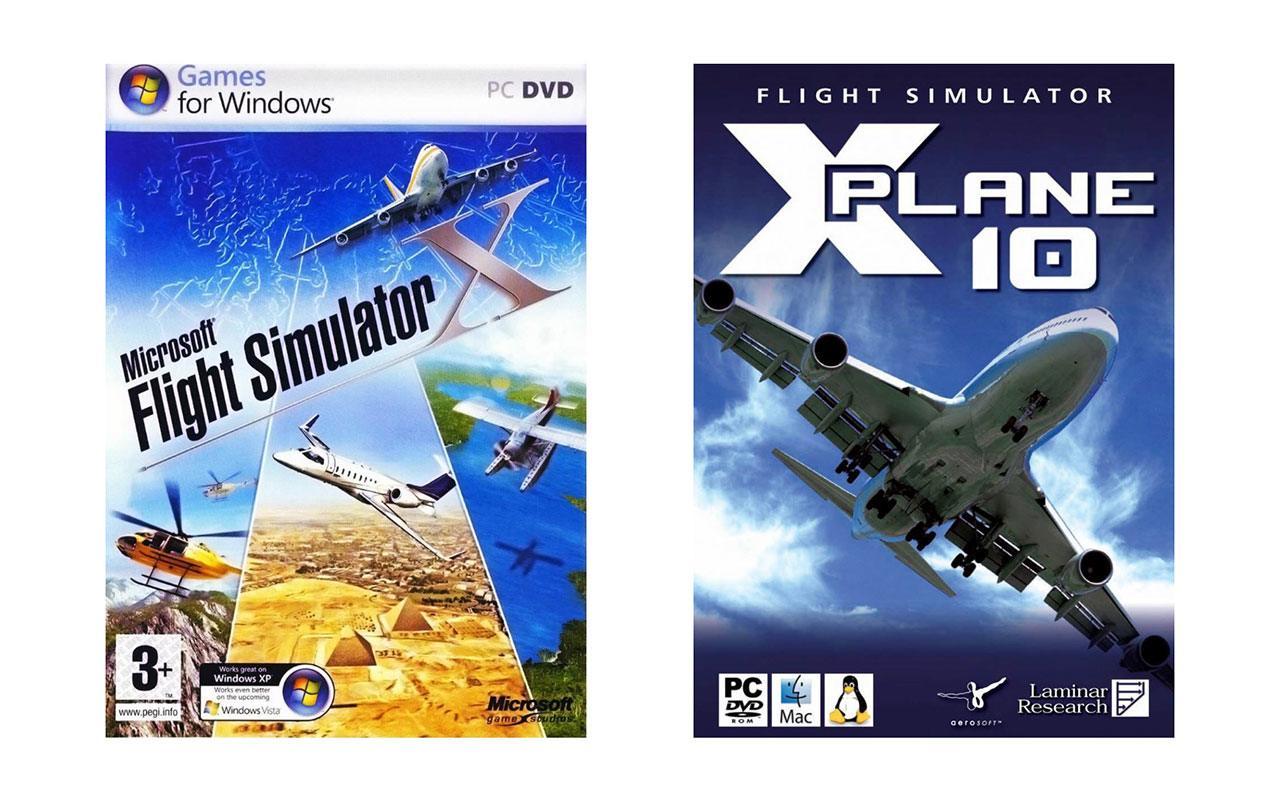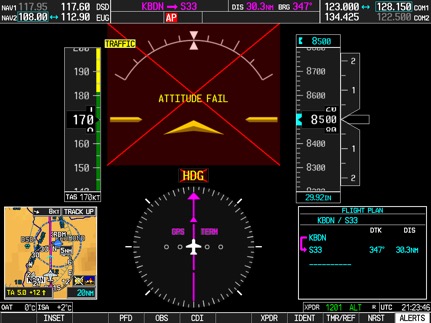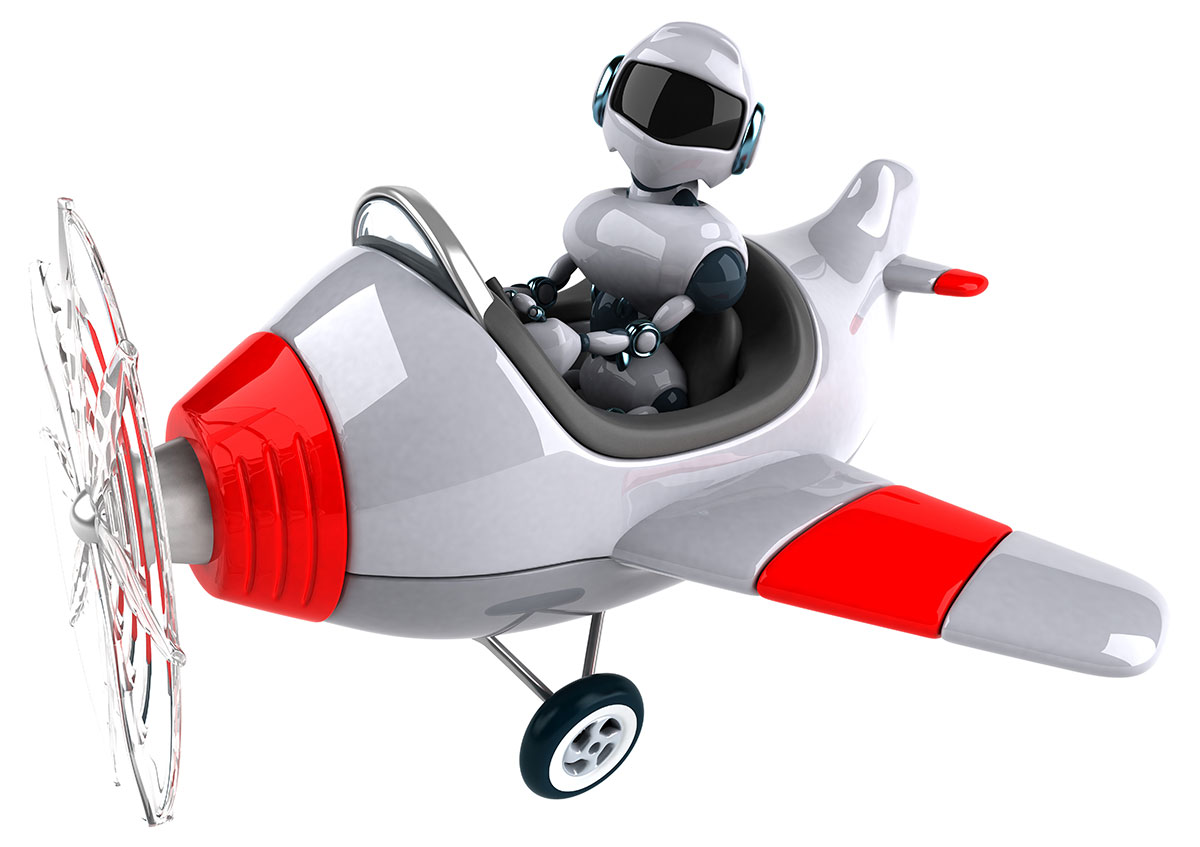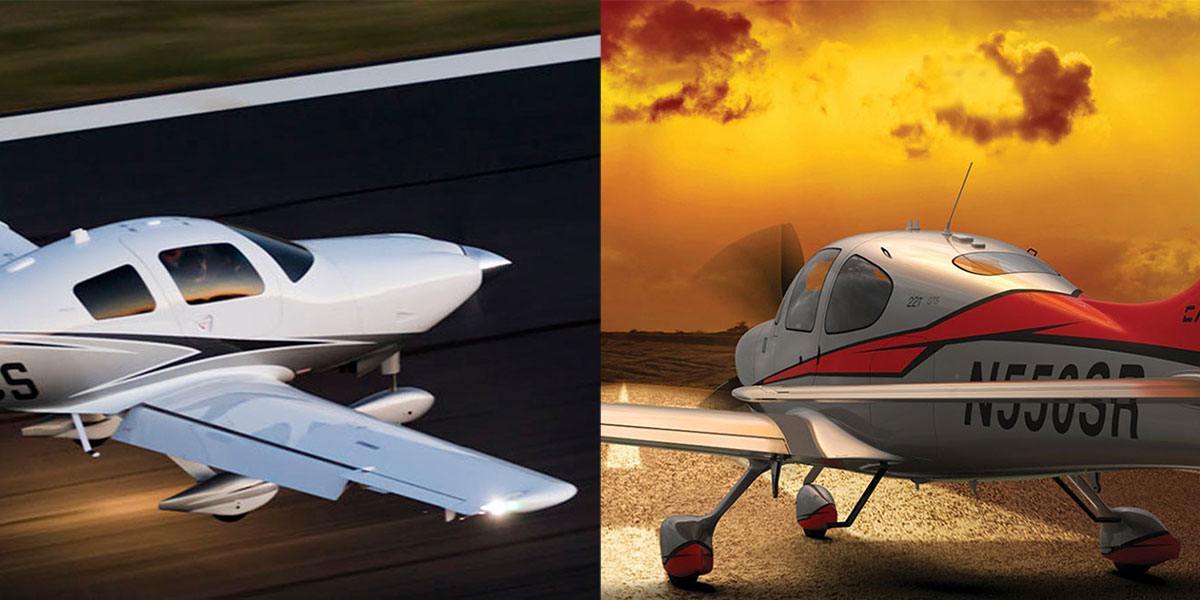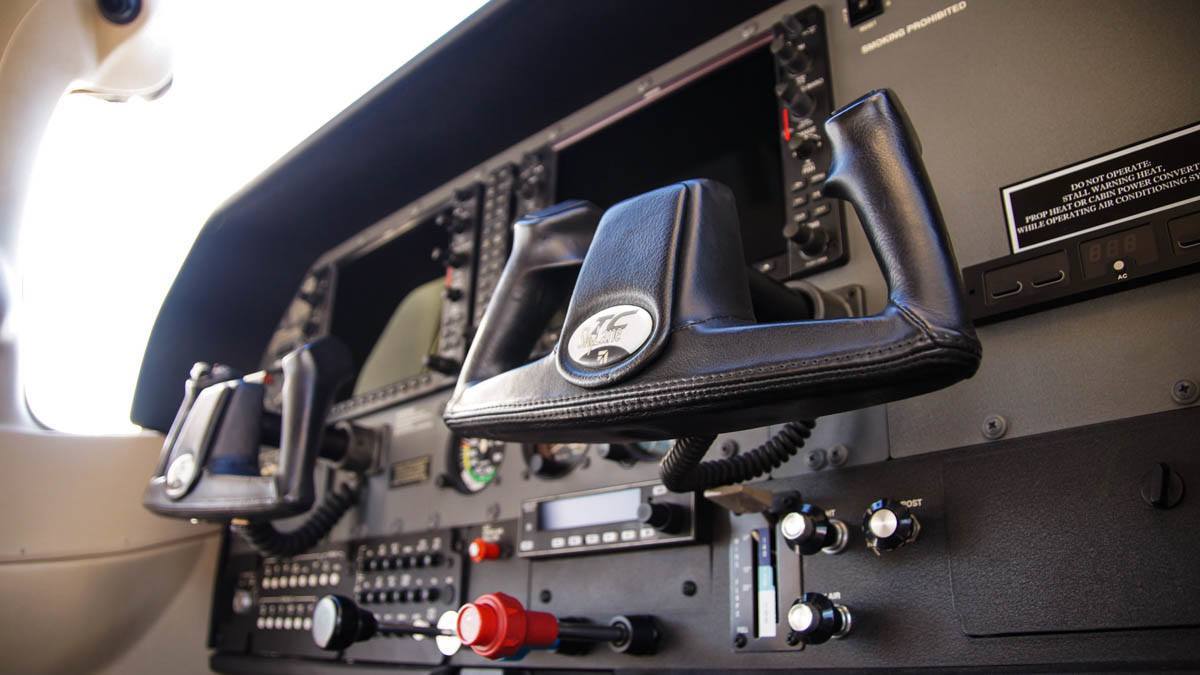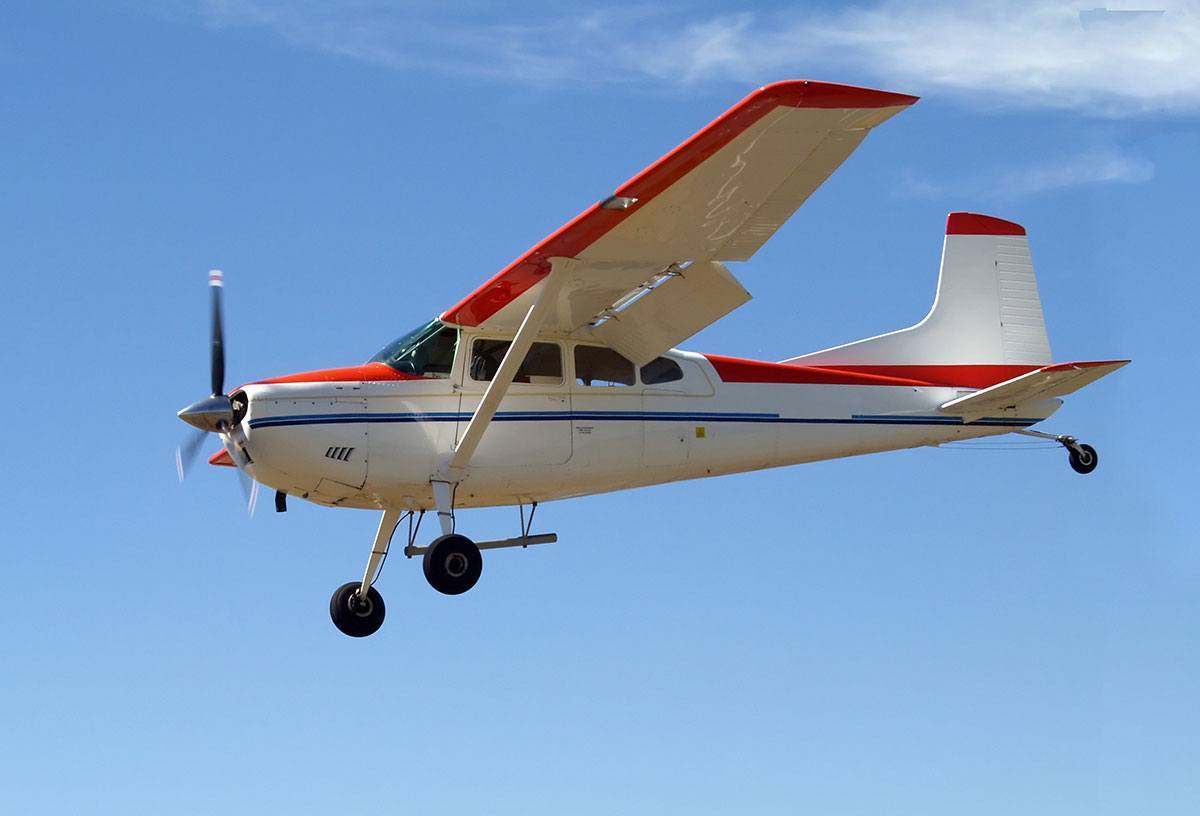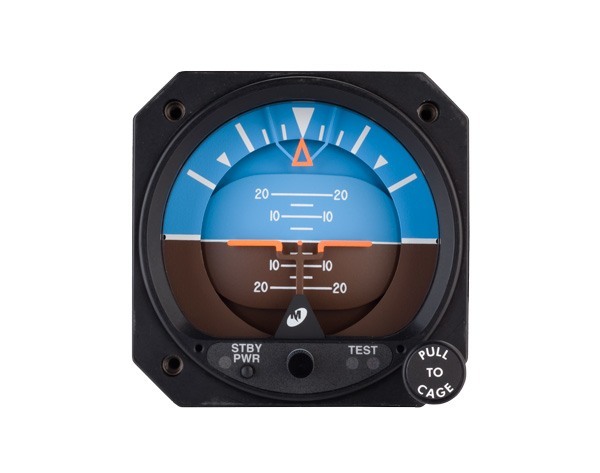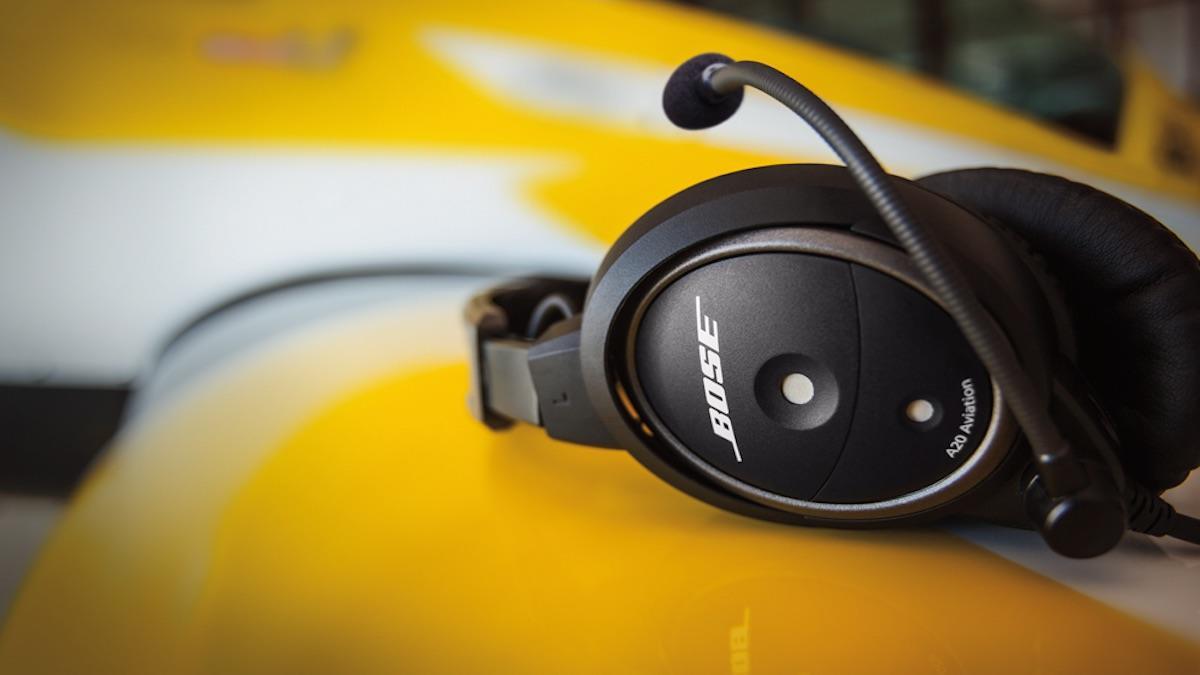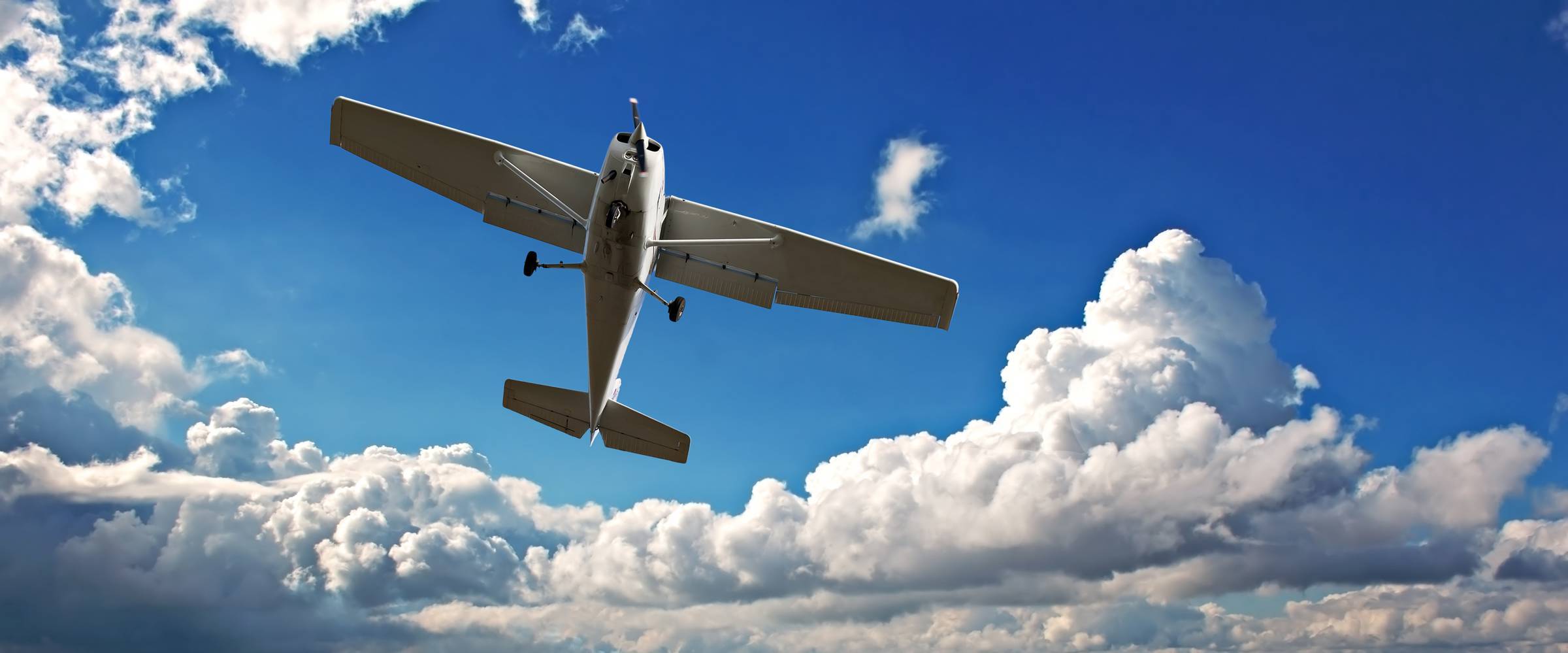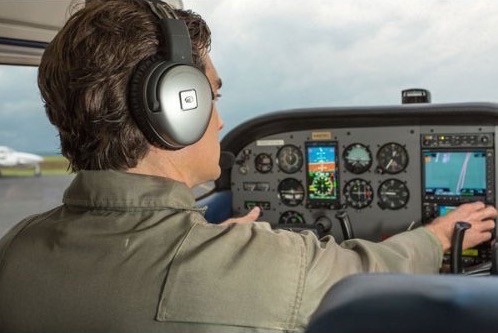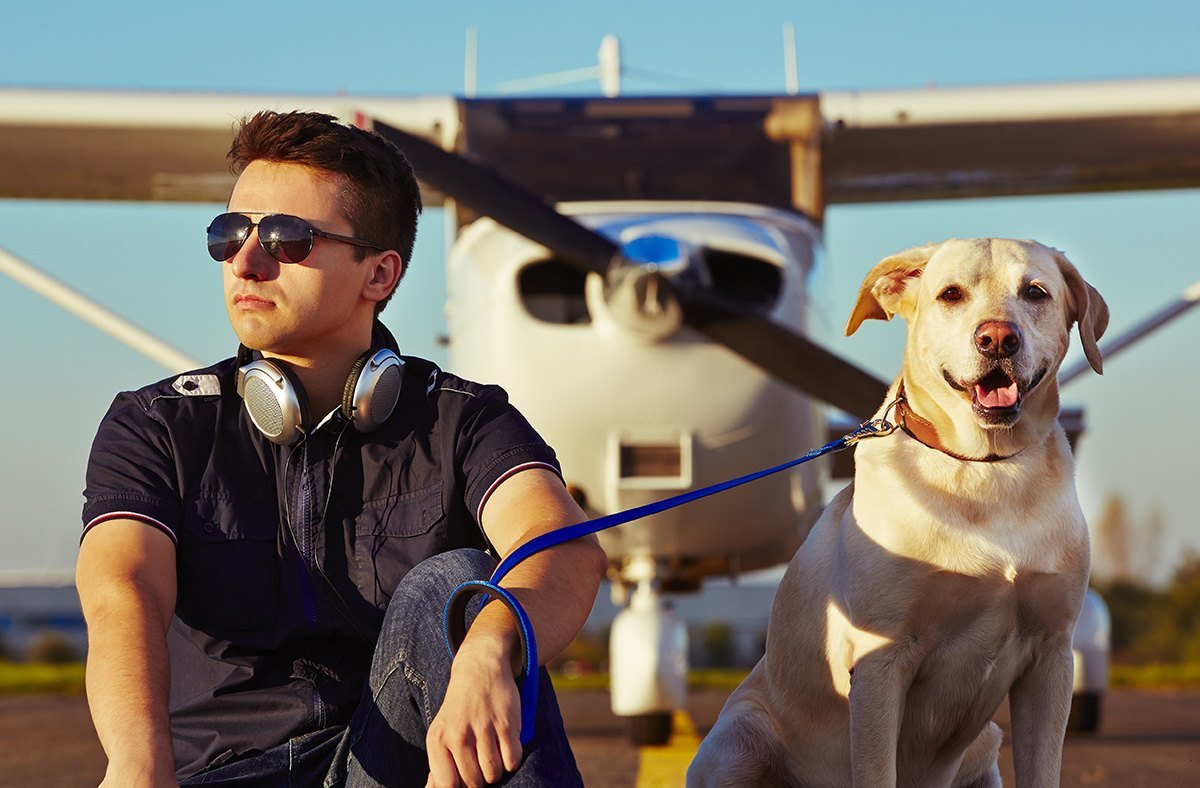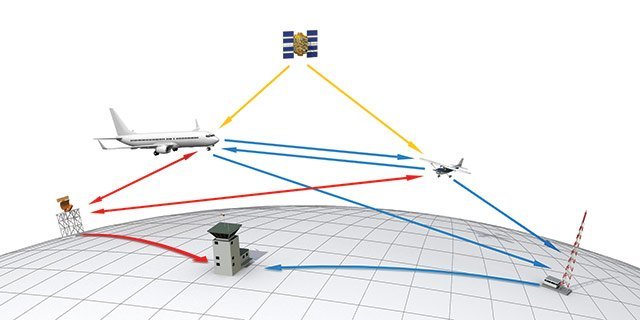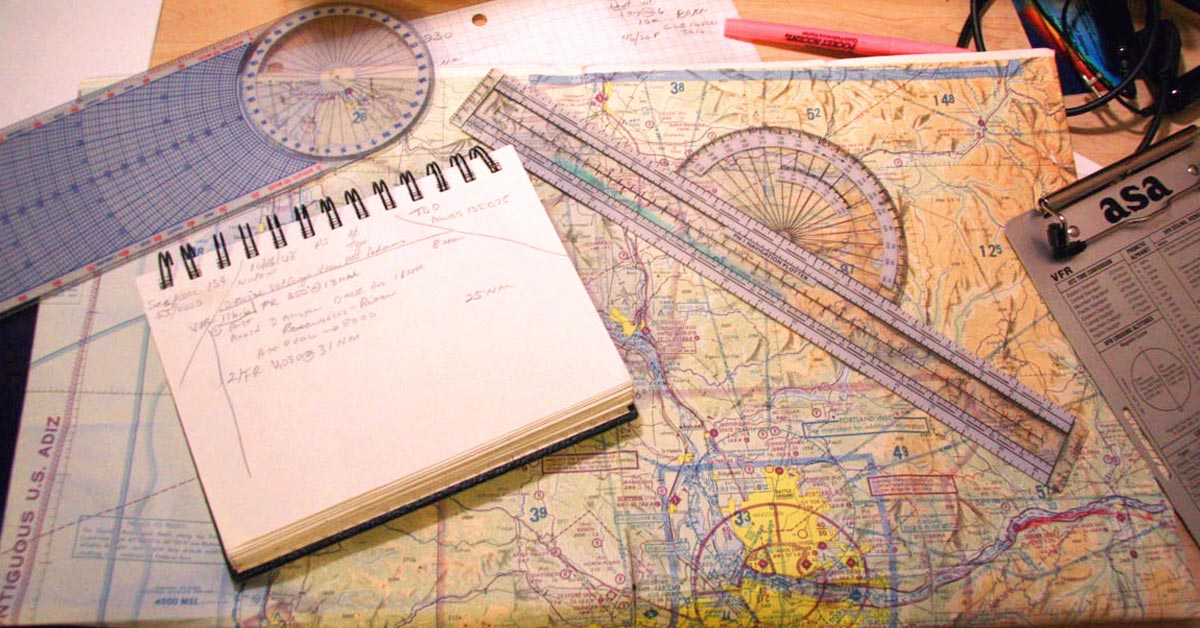The latest news and updates.
Microsoft FSX or X-Plane 10: A Technically Advanced Aircraft Pilot’s Guide
With all of the technological advancement in aviation, it is interesting to see how well flight simulators have kept up with the times. In this article, I will compare two popular flight simulators, Microsoft Flight Simulator X (FSX) and X-Plane 10 (XP 10), focusing on how each simulator handles recent advancements in aviation. If you’re a pilot of a technically advanced aircraft (TAA), a pilot who uses ForeFlight, or if you want to see what flying is like with today’s tech, this FSX vs. XP 10 comparison is tailored for you.
X Marks the Failure: FAASafety Team Seminar on Feb. 23rd, 2016
Modern technology has made our cockpits more advanced. In this seminar, we will discuss how to deal with failures in technically advanced aircraft, IWS, West Houston Airport,
Automation and You! Strategies for Effective Automation Management
Automation Management is a very important aspect of Single Pilot Resource Management. Automation Management is a very important aspect of Single Pilot Resource Management. Good automation management frees us up to manage the “Big Picture”, allowing us to more efficiently manage workload given last minute ATC reroutes, digging out charts and publications, or even executing abnormal or emergency procedures. Potential drawbacks of automation, however, include an increased likelihood to lose situational awareness due to a higher probability of being “heads down” for prolonged periods, the distraction of highly complex systems, or becoming overly reliant on automation.
Detailed Comparison of the Cessna TTx T240 and Cirrus SR22T G5
I often get asked the question, “Which plane is your favorite: the TTx or the Cirrus?” My answer would be similar to your response if I asked you which of your kids is your favorite. There are unique aspects to each airplane. Although they might fulfill similar missions, they each have their own benefits which will draw people to one or the other depending on their preferences.
Automation and You: FAASafety Team Seminar on Feb. 17th, 2016
On Wednesday, February 17, starting at 7:00 PM CST, John Hollingshead of High Performance Aviation, LLC will present an FAA Safety Team talk on strategies for effective automation management.
Obesity and Fat Aircraft – a Weighty Subject for General Aviation
As any pilot knows from primary training, safe flight operations require that the airplane be loaded within the maximum certified weight and center of gravity (CG) limits. Increased aircraft weight, be it due to occupants, cargo or both, adversely affects aircraft performance in a variety of ways. For example, longer takeoff and landing distances are required for a heavier aircraft and climb gradients are more shallow.
Lone Star Executive Airport (KCXO) is now Conroe
Lone Star Executive Airport (KCXO) now has a new name: Conroe – North Houston Regional Airport. While the new name is not as colorful – many hope that the geographic identity it provides will be an asset in marketing KCXO.
ADS-B and the General Aviation Pilot: Too Much Too Soon?
If you’ve been reading along then you know that we’ve spent the last couple of posts talking about ADS-B, or automatic dependent surveillance – broadcast. As a part of NextGen, or the Next Generation Air Transportation System, the FAA and other agencies are working to move airspace management and surveillance away from radar and toward a satellite-based solution.
New FAA Policy Simplifies Attitude Indicator Upgrades
On September 14, 2015, the FAA published policy statement PS-ACE-03-08, “Replacement of Vacuum Driven Attitude Indicators in 14 CFR, Part 23/CAR 3 Airplanes.” This will make replacing a vacuum-driven attitude indicator with an electronic attitude...
Bose A20 Aviation Headset – 4 New Enhancements for 2015
I recently wrote a new review of the Bose A20 vs. Lightspeed Zulu.2 vs. Lightspeed Zulu PFX as a follow-up to my detailed review when the Bose A20 debuted. This week at EAA Airventure in Oshkosh, I was pleasantly surprised when I learned that Bose added a few hidden enhancements to their A20 aviation headsets.
Your Airplane Wants to Fly
Airplanes that sit for extended periods tend to develop problems over time that may go undetected until you really need the airplane for your next flight. It is common to think that less flight time on an airplane leads to less maintenance problems, but that is only partially true.
3 Way Headset Battle – Bose A20 vs. Lightspeed Zulu.2 vs. Zulu PFX
Long time readers may remember my review of the Bose A20 Aviation Headset in August of 2010. In it, I lauded the progress the company had made since releasing the Aviation X. The A20 brought numerous improvements to the Aviation X and became my headset of choice to replace my Sennheiser HMEC 400 headset when I compared it to Lightspeed’s offering of the then-current Zulu model.
Volunteer Opportunities for Pilots and Aircraft Owners
As pilots and aircraft owners, we are some of the luckiest people on this planet. Have you ever thought about it? We can, at a moment’s notice, break the bonds of Earth’s surface and take to the skies. How can we make use of this gift that we have been given; this skill we have worked so hard to refine, in a way that repays some of it forward? How can pilots help make this world a better place?
Six Steps to Becoming an AWESOME Pilot
We all strive to become better pilots. Here are some tips on improving your game.
1. Master the rudder… The reality is that Sir Isaac Newton knew exactly what he was talking about when he penned the idea, “For each action there is an equal and opposite reaction.” Your plane wants to yaw and roll to the left for multiple reasons:
ADS-B For General Aviation Pilots
Since the day we figured out that we needed a way to know where planes were in the sky, we’ve used radar to bounce radio signals off of them, wait for those signals to return, and use that information to plot their positions relative to other aircraft.
Three Simple Ways to Improve EVERY Flight
Every flight we take is an opportunity to become a better pilot. Here are three simple ideas for making the most out of every flight.

